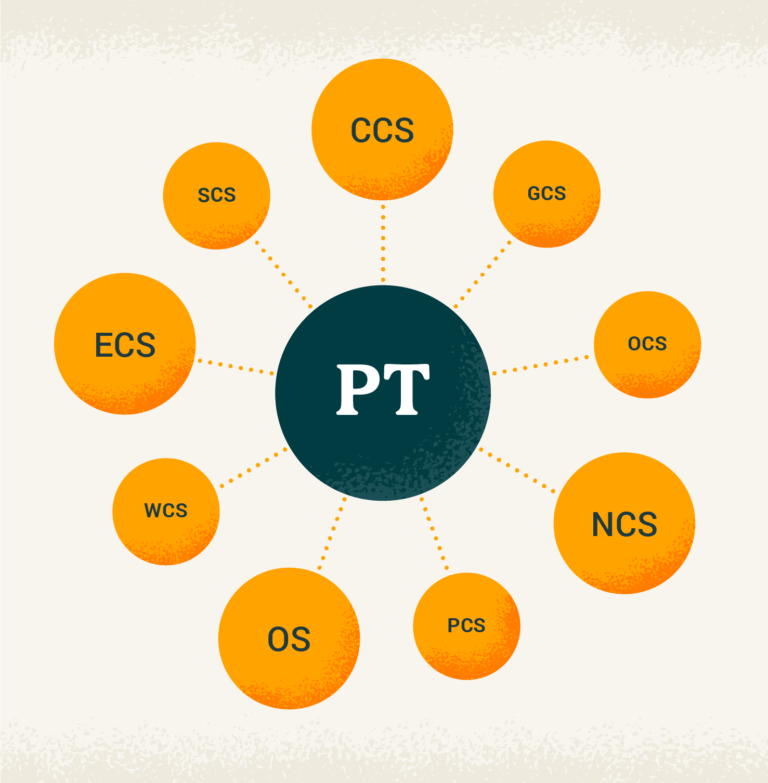How to Estimate a Masonry Job

Whether you’re a contractor preparing a bid, or a homeowner planning a masonry project, accurately estimating the job is a vital first step. A masonry project’s cost can be influenced by a variety of factors, including the type and quantity of materials, labour, equipment, and potentially unforeseen complications. This blog post provides an overview of the process and key considerations to guide you effectively in estimating a masonry job.
1. Understanding Project Scope
The first step in estimating a masonry job involves a thorough analysis of the project scope. This includes understanding the design, material specifications, size, and other related factors. Familiarize yourself with blueprints or architectural plans, and consider visiting the site to assess any unique conditions that may affect work, such as accessibility, terrain, or existing structures.

2. Material Calculation and Costing
Once you understand the project scope, you can calculate the quantity and type of materials needed. This usually includes masonry units (like bricks or blocks), mortar, and reinforcing materials. Online masonry calculators can assist with this, but always aim to include an additional 5-10% to account for breakages or other unforeseen circumstances.
Next, research prices from various suppliers bearing in mind the quality, location, and availability. Remember to include the cost of delivery if the supplier doesn’t offer free transport.
3. Labor Costs
Labor forms a significant part of any masonry job estimate. The cost can vary based on the complexity of the work, the experience of the masons, and regional labor rates.
To estimate labour costs, consider the number of masonry units that an average mason can install in an hour and compare this with the total number of units required for the project. This will give you an estimated number of hours for the job, which can then be multiplied by the hourly labour rate.
Also, don’t forget to include any extra costs such as payroll taxes, insurance, and fringe benefits if you’re a contractor.
4. Equipment and Tool Costs
Certain masonry jobs may require special tools or equipment, such as mixers, scaffolding, or drills. The cost of buying or renting this equipment and the potential operating expenses, including fuel and maintenance, should be factored into your estimate.
5. Overhead Costs
Overhead costs include indirect costs related to the project, such as office expenses, utilities, permits, and licenses. Allocating a portion of these overhead costs to each job ensures you’re adequately compensated for all operating costs.
6. Profit Margin
Lastly, don’t forget to include your profit margin in the estimate. This is crucial for any business to thrive and grow. The profit margin can be a percentage of total costs and varies widely depending on the industry standard, the complexity of the job, and the specific financial goals of your business.
7. Preparing the Quote
Once you’ve compiled all the data, you can draft a detailed quote, outlining the costs for materials, labour, equipment, overhead, and profit. Make sure that you communicate your quote clearly and professionally to your client, breaking down the costs itemized to ensure transparent communication.
8. Contingency Planning
In construction, unexpected expenses often arise. Including a contingency in your estimate (usually around 10%) can cover these unforeseen costs. This helps manage the risk of your actual costs exceeding your initial estimate.
Conclusion
Estimating a masonry job can seem daunting, but with a systematic approach and careful consideration of all factors involved, it becomes a manageable task. Remember that accuracy in estimating not only impacts the cost and profitability of a project but also your professional reputation. Whether you’re a seasoned contractor or a homeowner embarking on a DIY masonry project, an informed estimate is the first brick in building a successful masonry project.




